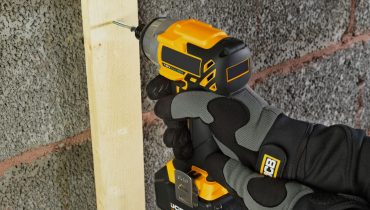The first thing we see is a blue device with the words “Airflow Sensor. Handle with Care” etched below it in a nice serif font. Presumably, it’s not the typical mass airflow sensor throwing a check engine code from your old Ford Escape’s intake. In fact, it looks like one of the various sensor probes you’ll find on airplanes and even Formula One race cars. It’s also mounted to a big piece of blue tinted carbon fiber, which is probably the car’s hood or roof.
Next, a gauge flashes before us. It looks like a speedometer, except velocity is measured not in miles or kilometers per hour, but in knots, indicated by an analog dial and red needle on the outside, and the speed of sound in a vertically oriented digital readout on the inside. Also known as mach speed, or 767.269 mph, seems like quite a quick pace for a road car, but you’ll notice the speed features a little decimal point. In the trailer, the car accelerates to Mach 0.12, an easily attainable 92 mph. Of course, that’s still just a fraction of the speed other Paganis have achieved, like the Huayra Imola’s 240 mph to take just one example.

Rumors of an all-wheel drive Mustang have been swirling for years. As we’ve pointed out before, seeing an all-wheel-drive variant of the current-generation Mustang (pictured) is extremely unlikely. If it receives the green light, the layout would almost certainly be offered on the next-generation model, which is due out for the 2023 model year.
There are multiple other possibilities on the powertrain front, of course. Anything from the long-rumored hybrid (rumors of which trailed off after the Mustang Mach-E introduction) to the introduction of engines utilized in Ford’s other rear-wheel-drive models could be on the table. Then again, it could be something as simple as a braking system upgrade, which could explain both an altered fascia and the corner-mounted sensors just as well as any powertrain modification could.











